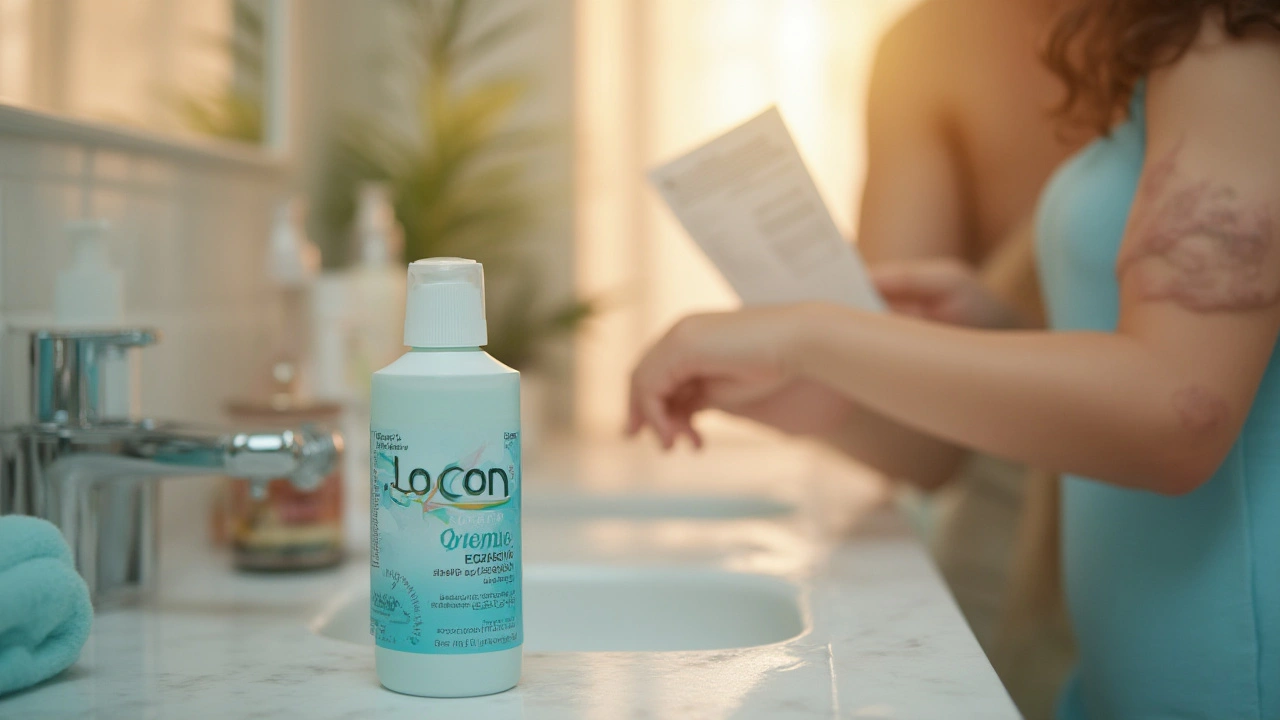Ever looked in the mirror and seen a red, itchy patch that just won’t quit? That’s skin inflammation, a common reaction when your skin gets irritated or attacked by something harmful. It can show up as redness, swelling, burning, or flaking, and it often feels uncomfortable. The good news? Most flare‑ups can be calmed with a few simple steps you probably already have at home.
Skin inflammation isn’t one‑size‑fits‑all. Here are the usual suspects:
Symptoms usually include a red or pink hue, itching, a tight feeling, and sometimes small bumps or blisters. If you notice the area getting warm, spreading quickly, or oozing, it might be an infection that needs a doctor’s look.
When the itch hits, you want relief fast. Here’s a practical toolkit:
If over‑the‑counter options don’t help within a few days, or if the rash spreads, get medical advice. Prescription‑strength creams, oral antihistamines, or even short courses of antibiotics might be needed depending on the cause.
Besides treatment, some lifestyle tweaks keep inflammation at bay:
Remember, your skin is a barrier that needs care. By spotting triggers early, using the right soothing products, and keeping your body hydrated, you can tame most inflammation episodes without a trip to the clinic.
Got a stubborn spot? Try the cool compress and moisturizer combo first, then see if a mild steroid cream gives the extra push. If you’re still uncomfortable after a week, it’s time to call a healthcare professional for a deeper look.

Get the real scoop on Elocon cream. Discover when you need it, how to use it safely, common side effects, and tips for managing stubborn rashes and eczema flare-ups.
read more
The connection between your gut health and skin inflammation might surprise you. This article explores how the bacteria in your digestive system can influence skin conditions like acne or eczema. Proper care of your gut, through diet and lifestyle changes, could be a game-changer in managing skin problems. Discover practical tips and facts to understand and improve this gut-skin relationship.
read more